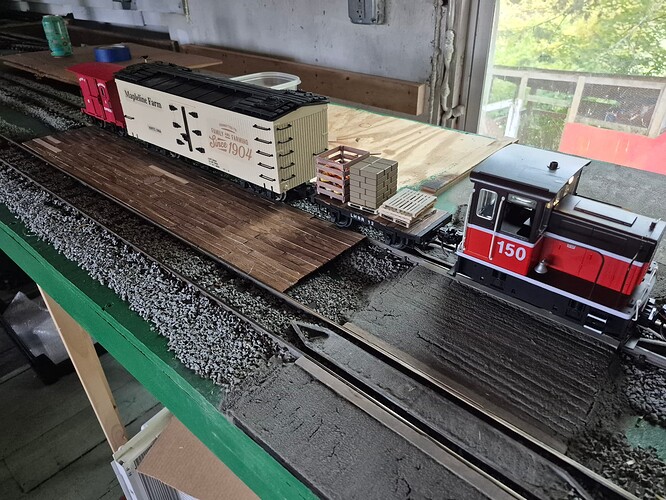Ha! The left-most looks identical, just much taller! I took my dimensions from one of the posts that still stands along the old ROW here in town. (There are at least 5 whistle posts from the old Central Mass RR along the rail trail in Hadley. Someone even repainted them semi-recently.)
I really like the look of the yard limit sign, too.















